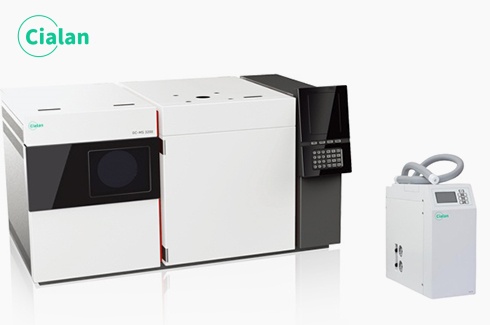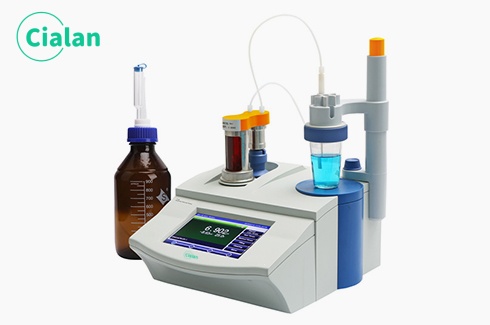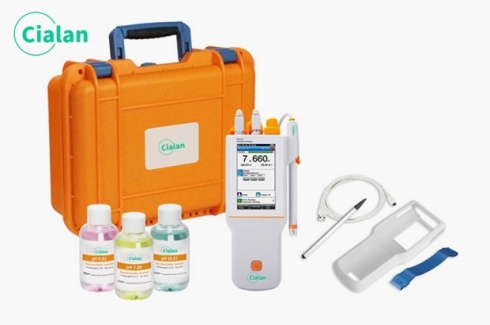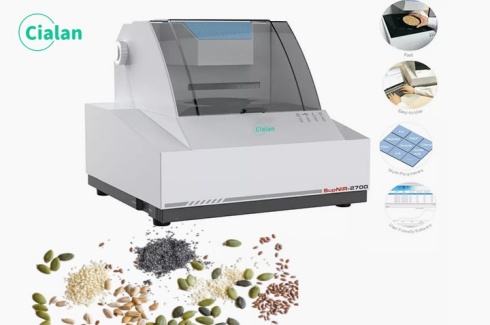Classification of atomic absorption spectroscopy
Development of atomic absorption spectroscopy
1.Since the introduction of atomic absorption spectroscopy in the mid-1950s, it has been rapidly developed both domestically and abroad, and has been widely used in various fields of chemical analysis and partly listed as a standard analytical method due to its advantages of sensitivity, accuracy, good selectivity, strong anti-interference ability and rapidity. In recent years, Atomic Absorption Spectrometry (AAS) has been widely emphasized and applied in various testing fields, and has become a kind of analytical means and method for heavy metal testing in laboratories.
2.Currently, there are four common types of atomic absorption spectrometers on the market: flame type, graphite furnace type, hydrogenation type, and cold vapor type.
Analytical methods to Atomic absorption spectroscopy
1.Hydride generation method (HGAA)
Hydride generation method is suitable for elements that are easy to produce anions, such as Se, Sn, Sb, As, Pb, Hg, Ge, Bi and so on. These elements generally do not take the flame atomization method of detection, but with sodium borohydride treatment, because sodium borohydride has reductive properties, these elements can be reduced to anions, and sodium borohydride ionization of hydrogen ions generated in the combination into gaseous hydride. Such as soil monitoring in the use of mobile injection hydride atomic absorption detection of mercury and arsenic contained in the river sediment, after the test, the detection of arsenic limit of 2 ng / L, precision of 1.35% to 5.07%, accuracy of 93.5% to 106.0%; detection of mercury limit of 2 ng / L, precision of 0.96% to 5.52%, accuracy of 93.1% to 109.5%. This method is not only fast and easy, but also has very high accuracy and precision, which can better test and analyze environmental samples.
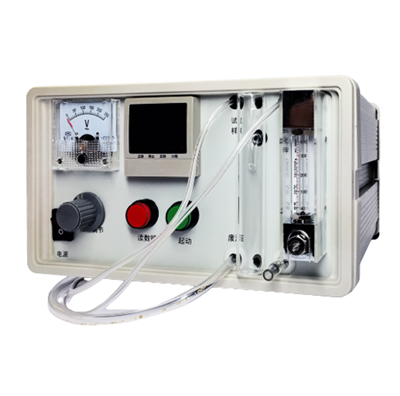
2.Graphite Furnace Atomic Absorption Spectroscopy (GFAA)
Graphite Furnace Atomic Absorption Spectroscopy is a kind of analytical method with current heating atomization. Transverse heating graphite furnace to solve the problem of uneven temperature distribution. The emergence of graphite furnace atomization is very important, for the flame atomization has a more obvious superiority, compared with the flame atomization technology, sensitivity increased to 3 to 4 quantitative lines, reaching 10-12 to 10-14g sensitivity, but the graphite furnace atomic absorption spectroscopy method is still there are certain limitations: the reproducibility is not as high as the flame method, when the samples to be measured is more complex, the results will have a When the sample to be measured is complex, the results will have a large error.
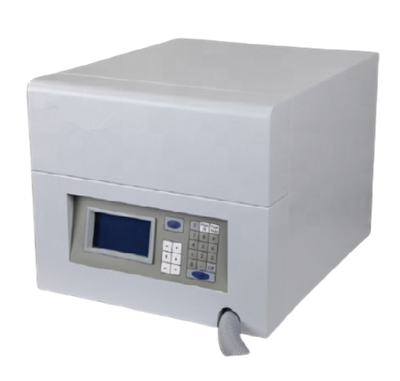
3.Flame atomic absorption spectroscopy (FLAA)
At present, flame atomic absorption spectroscopy is still the most widely used method. Because it is applicable to most of the elements, and has the advantages of fast speed, low cost, simple operation, and small error in the results. In the laboratory, most of the air-acetylene flame, the temperature of about 2300 degrees Celsius, and can not completely melt all the elements, so in subsequent experiments will be changed from air to pre-mixed oxygen, increase the content of oxygen to make the flame temperature. Then later it was proposed that the flame was changed to nitrous oxide - acetylene, this flame zui high temperature up to 3000 degrees Celsius, can effectively solve the problem of most of the difficult to melt elements. The analysis of samples by atomic absorption spectrometry is indeed a simple and easy to grasp the analytical method, but never a high degree of precision of the analytical method, the main reason is that the atomic absorption spectrometer interference factors, such as the analysis of atomic absorption with a flame, the flame fluctuations, solution enhancement, etc.; graphite furnace atomic absorption analysis, the quality of the graphite tube, the spectral interference and other factors are not easy to control! When analyzing with graphite furnace atomic absorption, the quality of graphite tube and spectral interference are not easy to control.

4.Cold vapor atomic absorption spectroscopy (CVAA)
This method utilizes a selective chemical reduction reaction to reduce only the mercury in the sample digest. This method is extremely sensitive for the analysis of mercury, but is subject to interference from volatile organic compounds, chlorine, and sulfides in the sample.
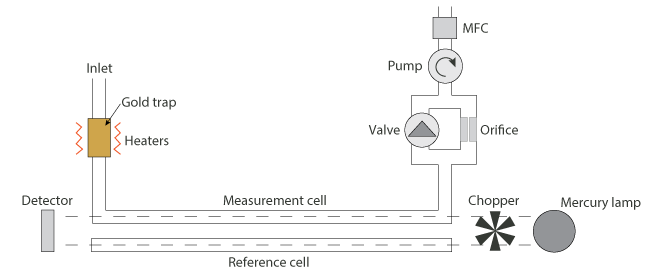
1.Since the introduction of atomic absorption spectroscopy in the mid-1950s, it has been rapidly developed both domestically and abroad, and has been widely used in various fields of chemical analysis and partly listed as a standard analytical method due to its advantages of sensitivity, accuracy, good selectivity, strong anti-interference ability and rapidity. In recent years, Atomic Absorption Spectrometry (AAS) has been widely emphasized and applied in various testing fields, and has become a kind of analytical means and method for heavy metal testing in laboratories.
2.Currently, there are four common types of atomic absorption spectrometers on the market: flame type, graphite furnace type, hydrogenation type, and cold vapor type.
Analytical methods to Atomic absorption spectroscopy
1.Hydride generation method (HGAA)
Hydride generation method is suitable for elements that are easy to produce anions, such as Se, Sn, Sb, As, Pb, Hg, Ge, Bi and so on. These elements generally do not take the flame atomization method of detection, but with sodium borohydride treatment, because sodium borohydride has reductive properties, these elements can be reduced to anions, and sodium borohydride ionization of hydrogen ions generated in the combination into gaseous hydride. Such as soil monitoring in the use of mobile injection hydride atomic absorption detection of mercury and arsenic contained in the river sediment, after the test, the detection of arsenic limit of 2 ng / L, precision of 1.35% to 5.07%, accuracy of 93.5% to 106.0%; detection of mercury limit of 2 ng / L, precision of 0.96% to 5.52%, accuracy of 93.1% to 109.5%. This method is not only fast and easy, but also has very high accuracy and precision, which can better test and analyze environmental samples.

2.Graphite Furnace Atomic Absorption Spectroscopy (GFAA)
Graphite Furnace Atomic Absorption Spectroscopy is a kind of analytical method with current heating atomization. Transverse heating graphite furnace to solve the problem of uneven temperature distribution. The emergence of graphite furnace atomization is very important, for the flame atomization has a more obvious superiority, compared with the flame atomization technology, sensitivity increased to 3 to 4 quantitative lines, reaching 10-12 to 10-14g sensitivity, but the graphite furnace atomic absorption spectroscopy method is still there are certain limitations: the reproducibility is not as high as the flame method, when the samples to be measured is more complex, the results will have a When the sample to be measured is complex, the results will have a large error.

3.Flame atomic absorption spectroscopy (FLAA)
At present, flame atomic absorption spectroscopy is still the most widely used method. Because it is applicable to most of the elements, and has the advantages of fast speed, low cost, simple operation, and small error in the results. In the laboratory, most of the air-acetylene flame, the temperature of about 2300 degrees Celsius, and can not completely melt all the elements, so in subsequent experiments will be changed from air to pre-mixed oxygen, increase the content of oxygen to make the flame temperature. Then later it was proposed that the flame was changed to nitrous oxide - acetylene, this flame zui high temperature up to 3000 degrees Celsius, can effectively solve the problem of most of the difficult to melt elements. The analysis of samples by atomic absorption spectrometry is indeed a simple and easy to grasp the analytical method, but never a high degree of precision of the analytical method, the main reason is that the atomic absorption spectrometer interference factors, such as the analysis of atomic absorption with a flame, the flame fluctuations, solution enhancement, etc.; graphite furnace atomic absorption analysis, the quality of the graphite tube, the spectral interference and other factors are not easy to control! When analyzing with graphite furnace atomic absorption, the quality of graphite tube and spectral interference are not easy to control.

4.Cold vapor atomic absorption spectroscopy (CVAA)
This method utilizes a selective chemical reduction reaction to reduce only the mercury in the sample digest. This method is extremely sensitive for the analysis of mercury, but is subject to interference from volatile organic compounds, chlorine, and sulfides in the sample.




